- Home
- About
- Hospitals
-
Treatments
- Orthopedic & Spine
- Knee Replacement
- Carpal Tunnel Release
- Rotator Cuff Repair
- Meniscus Repair / Meniscectomy
- Total Hip Replacement (THR)
- Total Shoulder Replacement
- Arthroscopy
- Ligament Reconstruction
- Spinal Fusion
- Discectomy
- Laminectomy
- Spinal Decompression
- Vertebroplasty and Kyphoplasty
- Fracture Repair
- ACL Reconstruction
- Tendon Repair
- Osteotomy
- Amputation
- Pediatric and Adult Cardiac
- Neuroscience
- Oncology
- Nephrology & KTP
- Gastroenterology & Hepatobiliary
- Obstetrics and Gynaecology
- Infertility
- Dental & Maxillofacial
- Plastic & Cosmetic Surgery
- Rhinoplasty
- Blepharoplasty (Eyelid Surgery)
- Facelift (Rhytidectomy)
- Breast Augmentation (Mammoplasty)
- Breast Reduction (Mammoplasty)
- Breast Lift (Mastopexy)
- Liposuction
- Abdominoplasty (Tummy Tuck)
- Brazilian Butt Lift (BBL)
- Lip Augmentation
- Breast Reconstruction
- Cleft Lip and Palate Repair
- Scar Revision
- Burn Reconstruction
- Botox Injection
- Ophthalmology
- Otolaryngology (ENT)
- Endocrinology
- General and Minimal Invasive Surgery
- Pulmonology
- Rheumatology
- Urology
- General Medicine
- Ayurvedic Treatment
- Orthopedic & Spine
- Doctors
- Contact Us
Laminectomy
Laminectomy
is a surgical procedure that involves the removal of a part of the vertebral
bone called the lamina. The lamina is the flat or arched part of the vertebral
arch, forming the roof of the spinal canal. This procedure is often performed
to relieve pressure on the spinal cord or nerve roots in the spinal canal.
The spinal canal
houses the spinal cord and nerve roots, and conditions such as spinal stenosis
(narrowing of the spinal canal), herniated discs, or other spinal abnormalities
can lead to compression of these structures. This compression can result in pain,
weakness, numbness, or other neurological symptoms.
During a
laminectomy, the surgeon removes a portion of the lamina to create more space
in the spinal canal and alleviate pressure on the spinal cord or nerve roots.
This procedure may be performed in the cervical (neck), thoracic (upper back),
or lumbar (lower back) regions of the spine, depending on the location of the
issue.
Laminectomy is often
considered as a treatment option when conservative measures, such as physical
therapy or medications, fail to provide relief for spinal conditions. It's
important to note that while laminectomy can be effective in relieving
symptoms, it does result in the loss of some spinal stability, and in some
cases, spinal fusion may be performed simultaneously to stabilize the spine.
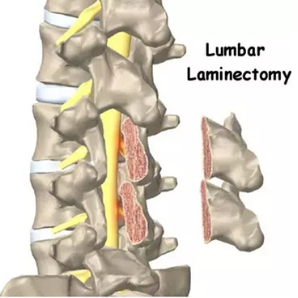



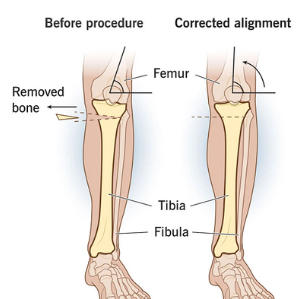



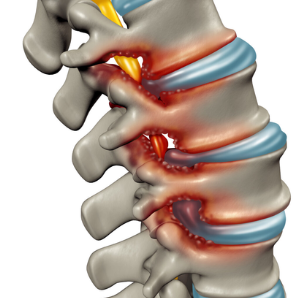

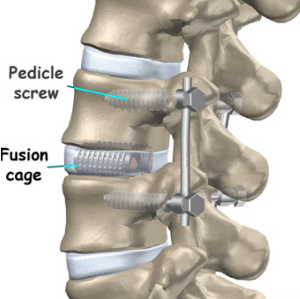
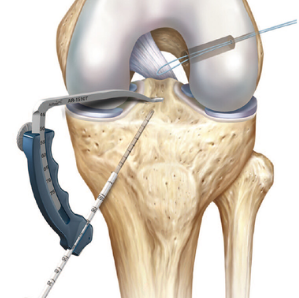
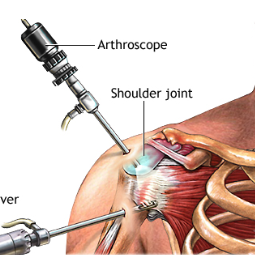
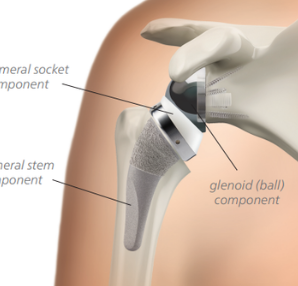
.png)